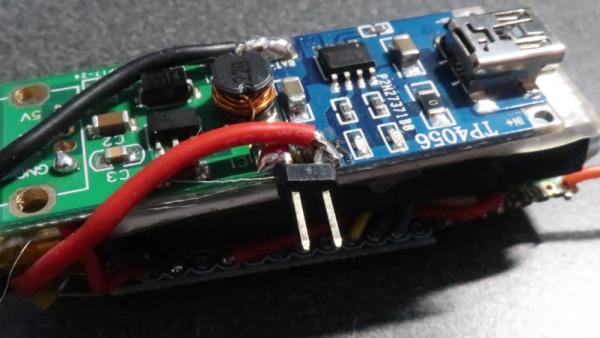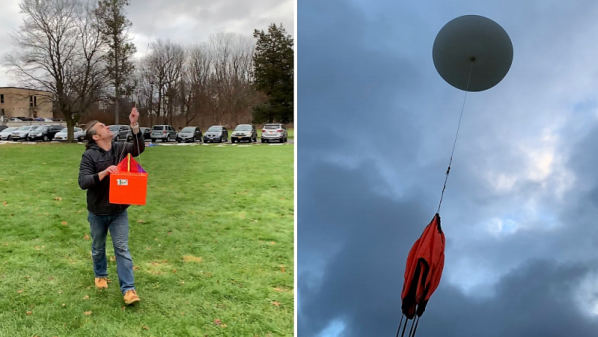After a journey of a decade, what started as Project Loon by Google is no more. Promoted as a way to bring communications to the most remote parts of the globe, it used gigantic, high-altitude balloons equipped with communication hardware for air to ground, as well as air to air communication, between individual balloons. Based around LTE technology, it would bring multiple megabit per second data links to both remote areas and disaster zones.
Seven years into its development, Loon became its own company (Loon LLC), and would provide communications to some areas of Kenya, in addition to Sri Lanka in 2015 and Puerto Rico in 2017 after Hurricane Maria. Three years later, in January of 2021, it was announced that Loon LLC would be shutting down operations. By that point it had become apparent that the technology would not be commercially viable, with alternatives including wired internet access having reduced the target market.
While the idea behind Loon sounds simple in theory, it turns out that it was more complicated than just floating up some weather balloon with LTE base stations strapped to them.



 [Dave Akerman]’s interest in high-altitude projects means he is no stranger to long-range wireless communications, for which LoRa is amazingly useful. LoRa is a method of transmitting at relatively low data rates with low power over long distances.
[Dave Akerman]’s interest in high-altitude projects means he is no stranger to long-range wireless communications, for which LoRa is amazingly useful. LoRa is a method of transmitting at relatively low data rates with low power over long distances.










